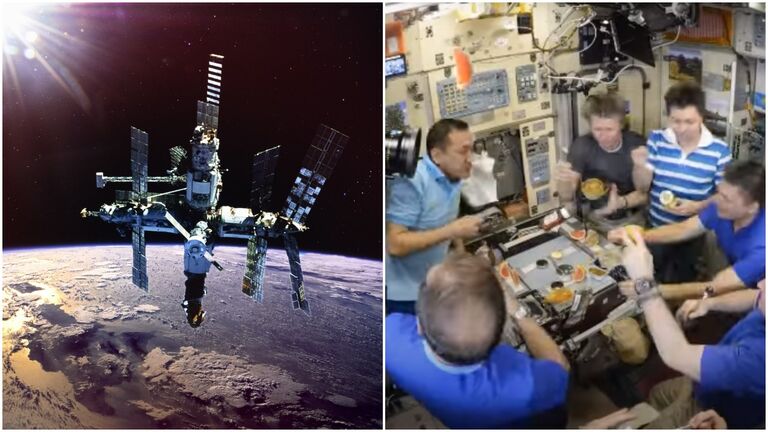Scientists Studied The International Space Station And Found A New Species On The Dinner Table
Hundreds of miles out into space, it’s dinner time on board the International Space Station, or ISS. But as the astronauts tuck into their rehydrated meals, there is another, unexpected guest at the table. Unbeknown to them, a new species is lurking in the shadows – one that scientists have never seen before.
Could the search for alien life really have been so simple all along? Or is there another explanation for the strange organism creeping through the halls and chambers of the ISS? Thanks to the work of an international team of scientists, the truth about this incredible discovery is beginning to unfold.
But it’s not just the novel nature of this new life that has got people talking. According to experts, the organism may hold the key to so much more. With its help, mankind could venture further into space than ever before – paving the way for colonies on Mars and beyond.
So what exactly did researchers find on the dining table where astronauts eat their daily meals? And what does it mean for the future of life in space? For years, scientists in India and the United States have been monitoring different corners of the ISS – and the results are something truly amazing.
Ever since it launched in November 1998, the ISS has been at the forefront of our efforts to understand and conquer space. Over the years, various technical experiments and tests have been carried out on the station, exploring exactly how humans function away from Earth’s atmosphere. But it’s not all about what takes place within the laboratory walls.

